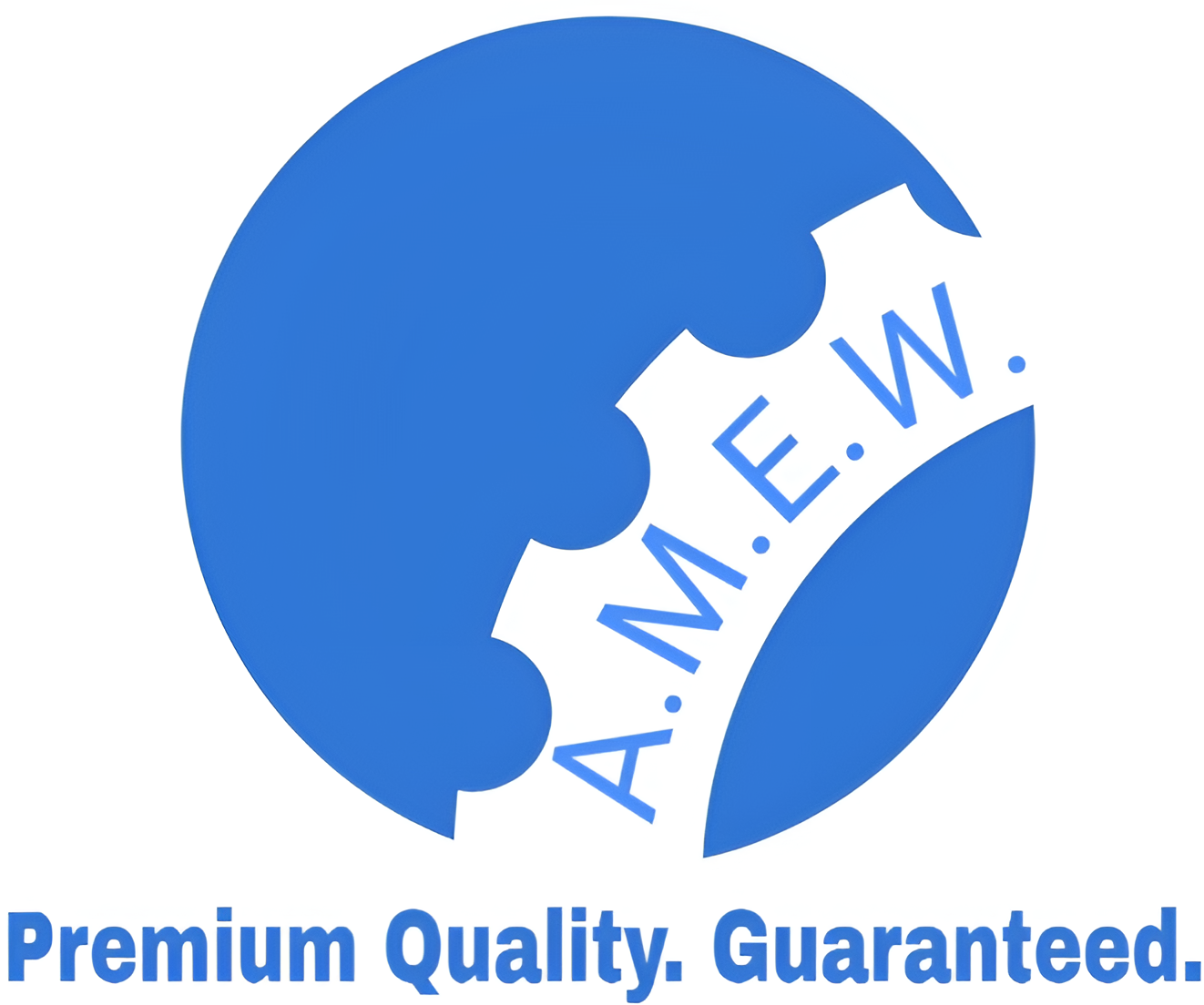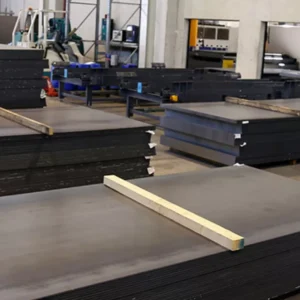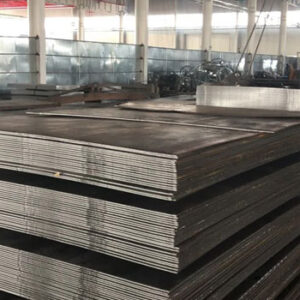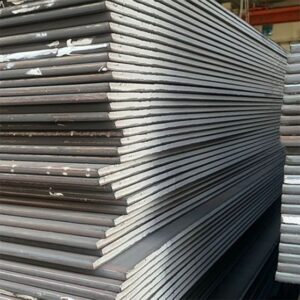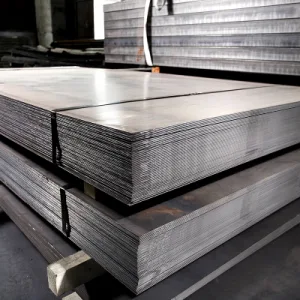Description
S355J2 Structural Steel & Steel Plate
Table of Contents
- Introduction to S355J2 Structural Steel
- Chemical Composition of S355J2 Steel
- Mechanical Properties of S355J2 Steel
- Yield Strength
- Tensile Strength
- Elongation
- Impact Resistance (J2 designation)
- Manufacturing and Processing of S355J2 Steel Plates
- Hot Rolling Process
- Heat Treatment
- Standards and Compliance for S355J2 Steel
- EN 10025-2 Standard
- International Standards and Equivalents
- S355J2 Steel Plate Grades
- S355JR vs. S355J0 vs. S355J2 vs. S355K2
- Applications of S355J2 Structural Steel
- Building and Construction
- Infrastructure (Bridges, Railways)
- Offshore and Marine Structures
- Heavy-Duty Equipment and Machinery
- Weldability and Formability of S355J2
- Comparison with Other Structural Steel Grades
- S355J2 vs. S355JR
- S355J2 vs. S355J0
- S355J2 vs. S355NL
- Conclusion: Why Choose S355J2 for Your Project?
1. Introduction to S355J2 Structural Steel
S355J2 is a high-strength low-carbon structural steel grade that is part of the EN 10025-2 standard. The “S” in S355J2 stands for “structural,” and the 355 refers to the steel’s minimum yield strength of 355 MPa. The “J2” designation indicates that the steel has been impact tested at -20°C, making it suitable for use in colder climates and applications where toughness is a critical requirement.
S355J2 is widely used in structural engineering and heavy-duty applications where strength, toughness, and reliability are essential. Its excellent mechanical properties and impact resistance make it a go-to choice for demanding projects like bridges, offshore platforms, and heavy machinery.
2. Chemical Composition of S355J2 Steel
The chemical composition of S355J2 is carefully balanced to provide both strength and toughness, while maintaining good weldability. The key elements include:
- Carbon (C): Max 0.20%
- Manganese (Mn): Max 1.60%
- Phosphorus (P): Max 0.025%
- Sulfur (S): Max 0.025%
- Silicon (Si): Max 0.55%
S355J2 also contains trace amounts of copper and nitrogen, which help enhance corrosion resistance and overall mechanical performance. The low carbon content ensures that the steel retains good weldability and formability, making it suitable for a wide range of structural applications.
3. Mechanical Properties of S355J2 Steel
S355J2 is known for its excellent mechanical properties, which provide high strength, good ductility, and superior toughness. These properties ensure that S355J2 performs well in both static and dynamic loading conditions.
3.1 Yield Strength
- Minimum Yield Strength: 355 MPa S355J2 has a minimum yield strength of 355 MPa, which allows it to withstand significant stresses without undergoing permanent deformation. This makes it ideal for load-bearing applications in construction and infrastructure projects.
3.2 Tensile Strength
- Tensile Strength: 470-630 MPa The tensile strength of S355J2 ensures that it can resist fracturing under high stress, providing reliable performance in structural applications that require both strength and durability.
3.3 Elongation
- Elongation at Break: 18% (for thickness ≤ 16mm) S355J2’s high elongation allows it to stretch before breaking, providing flexibility and resilience in applications where the material is subjected to dynamic forces.
3.4 Impact Resistance (J2 Designation)
The “J2” designation signifies that S355J2 has been tested for impact resistance at -20°C with a minimum energy absorption of 27 Joules. This makes the steel suitable for use in colder climates where materials are exposed to low temperatures and need to maintain high toughness and resistance to brittle fracture.
4. Manufacturing and Processing of S355J2 Steel Plates
4.1 Hot Rolling Process
S355J2 steel plates are typically produced through the hot rolling process, where the steel is heated above its recrystallization temperature and passed through rollers to achieve the desired thickness. This process improves the uniformity and mechanical properties of the steel, making it suitable for heavy-duty applications.
4.2 Heat Treatment
S355J2 is generally supplied in the as-rolled condition. However, it can undergo additional heat treatments, such as normalizing or annealing, to refine its grain structure and enhance toughness, especially for applications where low-temperature performance is critical.
5. Standards and Compliance for S355J2 Steel
S355J2 conforms to the EN 10025-2 standard, which specifies technical delivery conditions for non-alloy structural steels. This standard ensures that S355J2 meets rigorous requirements for chemical composition, mechanical properties, and impact testing, making it suitable for demanding structural applications.
5.1 International Standards and Equivalents
S355J2 has several international equivalents, making it a globally accepted steel grade. Some equivalent standards include:
- ASTM A572 Grade 50 (United States)
- DIN 17100 ST52-3 (Germany)
- SS490 (Japan)
These international standards ensure that S355J2 can be used in projects around the world with confidence in its performance and reliability.
6. S355J2 Steel Plate Grades
S355J2 belongs to the S355 family of structural steels, which includes other grades with different impact resistance and toughness levels. The key differences between these grades are their performance under various environmental conditions and their intended applications.
6.1 S355JR
- Impact tested at 20°C.
- Suitable for general structural applications in normal temperature conditions.
6.2 S355J0
- Impact tested at 0°C.
- Offers better toughness than S355JR in colder climates.
6.3 S355J2
- Impact tested at -20°C, offering enhanced toughness for colder environments.
- Used for applications requiring superior strength and toughness.
6.4 S355K2
- Impact tested at -20°C with higher toughness requirements.
- Ideal for the most demanding applications in very cold environments.
7. Applications of S355J2 Structural Steel
S355J2’s combination of high strength, good impact resistance, and excellent weldability makes it suitable for a wide range of structural and engineering applications.
7.1 Building and Construction
S355J2 is commonly used in residential, commercial, and industrial construction projects. It is especially suitable for load-bearing structures such as beams, columns, and girders due to its high yield strength and toughness.
7.2 Infrastructure (Bridges, Railways)
S355J2 is widely used in large infrastructure projects, including bridges, tunnels, and railways, where both high strength and toughness are required to handle dynamic loads and environmental factors.
7.3 Offshore and Marine Structures
The steel’s impact resistance at -20°C makes it ideal for offshore platforms, wind towers, and other marine structures that are exposed to cold and harsh weather conditions. Its ability to maintain toughness at low temperatures ensures structural integrity in challenging environments.
7.4 Heavy-Duty Equipment and Machinery
S355J2 is often used in the manufacturing of heavy machinery and equipment that requires high strength, toughness, and resistance to wear and tear. It is especially valuable in industries such as mining, construction, and transport, where materials must withstand extreme stresses.
8. Weldability and Formability of S355J2
S355J2 offers excellent weldability due to its low carbon content. It can be welded using common techniques such as arc welding, gas welding, and resistance welding without requiring preheating. This makes it suitable for large structural applications where on-site fabrication is necessary.
In terms of formability, S355J2 can be easily shaped, bent, and rolled into various structural components, providing flexibility for design and fabrication processes. Its good formability makes it ideal for custom-made structures and machinery parts.

